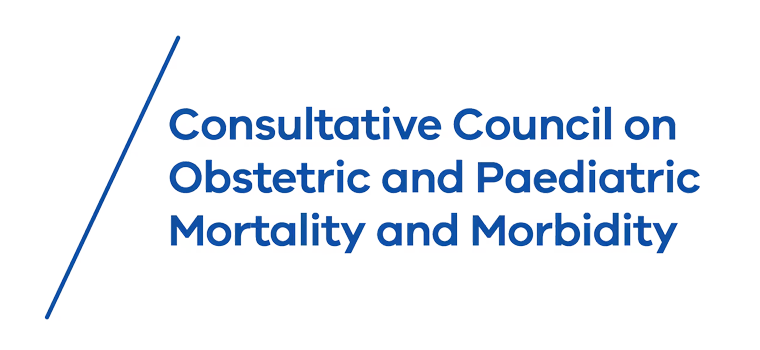Aim
The aim of this good practice point is to support early notification to Obstetric teams of any woman presenting to emergency departments from 16 weeks gestation.
Background
Pregnant women may present to emergency departments with varied symptoms leading to multiple differential diagnoses that could be aligned to different specialties. Most women with second trimester pregnancy complications are encouraged to present to emergency departments rather than maternity units, with gestation cut offs ranging from 16-20 weeks gestation.
Women presenting to emergency departments may experience delays in accessing obstetric care which may impact ongoing pregnancy outcomes (Trostian et al. 2022; Trostian et al. 2025). They are also at risk of negative experiences as they may require invasive tests in a busy and chaotic environment and may receive inadequate clinical, psychological and emotional support regarding actual or potential risks to their pregnancy (Trostian et al. 202; Kukulskienė and Žemaitienė 2022; Punches et al. 2018).
Early referral to the obstetric team can also support reduction in length of stay and improved flow in the emergency department (Wattimena et al. 2013).
Refer to the Safer Care Victoria obstetric triage decision aid (McCarthy et al. 2022)
References
Kukulskienė, M. and Žemaitienė, N., 2022, January. Experience of late miscarriage and practical implications for post-natal health care: qualitative study. In Healthcare (Vol. 10, No. 1, p. 79). MDPI. https://doi.org/10.3390/healthcare10010079
McCarthy, M.F., Pollock, W.E. and McDonald, S.J., 2022. Implementation of an obstetric triage decision aid into a maternity assessment unit and emergency department. Women and Birth, 35(3), pp.e275-e285.https://pubmed.ncbi.nlm.nih.gov/34183275/
Punches, B.E., Johnson, K.D., Gillespie, G.L., Acquavita, S.A. and Felblinger, D.M., 2018. A review of the management of loss of pregnancy in the emergency department. Journal of Emergency Nursing, 44(2), pp.146-155. https://doi.org/10.1016/j.jen.2017.11.001
Trostian, B., Curtis, K., McCloughen, A., Shepherd, B., Munroe, B., Davis, W., Hirst, E. and Tracy, S.K., 2022. Experiences and outcomes of women with bleeding in early pregnancy presenting to the emergency department: an integrative review. Australasian Emergency Care, 25(1), pp.55-83. https://doi.org/10.1016/j.auec.2021.04.006
Trostian, B., McCloughen, A. and Curtis, K., 2025. What proportion of women presenting to the emergency department with early pregnancy bleeding receive appropriate care?. Emergency Medicine Australasia, 37(1), p.e14507. https://doi.org/10.1111/1742-6723.14507
Wattimena, J., Pelosi, M., Cheney, K., Green, T. and Black, K.I., 2013. Factors affecting length of stay for women presenting with early pregnancy complications to a public hospital emergency department. Emergency Medicine Australasia, 25(1), pp.22-27. https://doi.org/10.1111/1742-6723.12023


